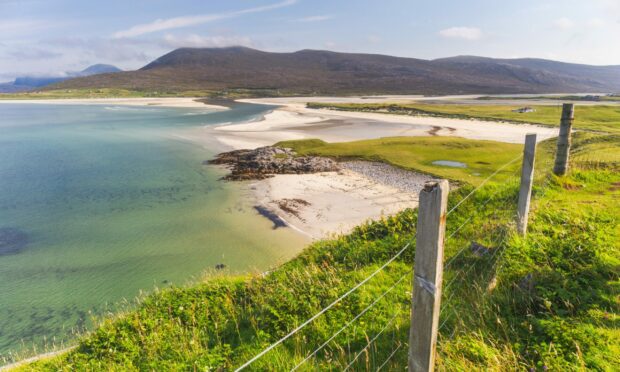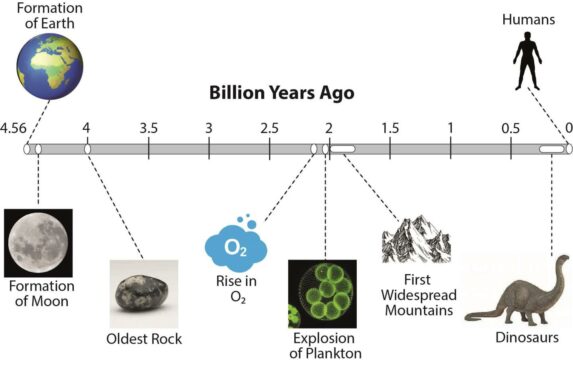New research conducted by Aberdeen University has found a link between the abundance of ocean life and the formation of the first mountains.
The landmark study, led by Professor John Parnell, the abundance of planktonic life two billion years ago contributed to the shifting of tectonic plates across the Earth’s surface.
Feeding off the nutrients in the world’s oceans, when the planktonic life died they settled at the bottom of the ocean and formed a layer of graphite.
This plays a crucial role in lubricating the breakage of rocks into slab-like structures making them much more likely to stack on top of each other forming mountains.
Evidence of this still exists in north-west Scotland where graphite slabs have been discovered at the base of some mountains
The study was conducted within Aberdeen University’s School of Geosciences funded by The Natural Environment Research Council and has been published in the Nature journal, Communications Earth and Environment.
Research also suggests that graphite deposits across Scotland can be used to fuel green technology such as lithium batteries and fuel cells.
New research shows the connection between marine life and mountains.
Professor John Parnell said: “Mountains are an essential part of the landscape, but big mountain chains only formed halfway through Earth’s history, about two billion years ago.
“Our research shows that it was the sheer abundance of carbon in the ocean that played a crucial role in the crustal thickening that built the Earth’s mountain ranges”
“The geological record for this period includes evidence of an abundance of organic matter in the oceans, which when they died were preserved as graphite in shale.
“While it has long been known that tectonic processes were lubricated, our research shows that it was the sheer abundance of carbon in the ocean that played a crucial role in the crustal thickening that built the Earth’s mountain ranges.
“We can see the evidence in the northwest of Scotland, where the roots of the ancient mountains and the slippery graphite that helped build them can still be found, in places like Harris, Tiree and Gairloch.”

